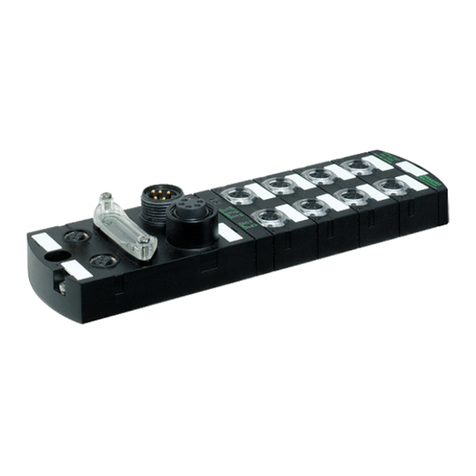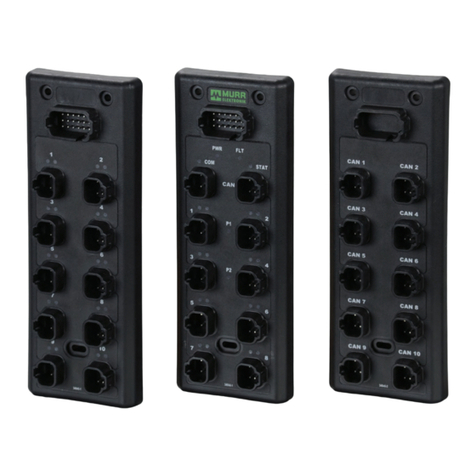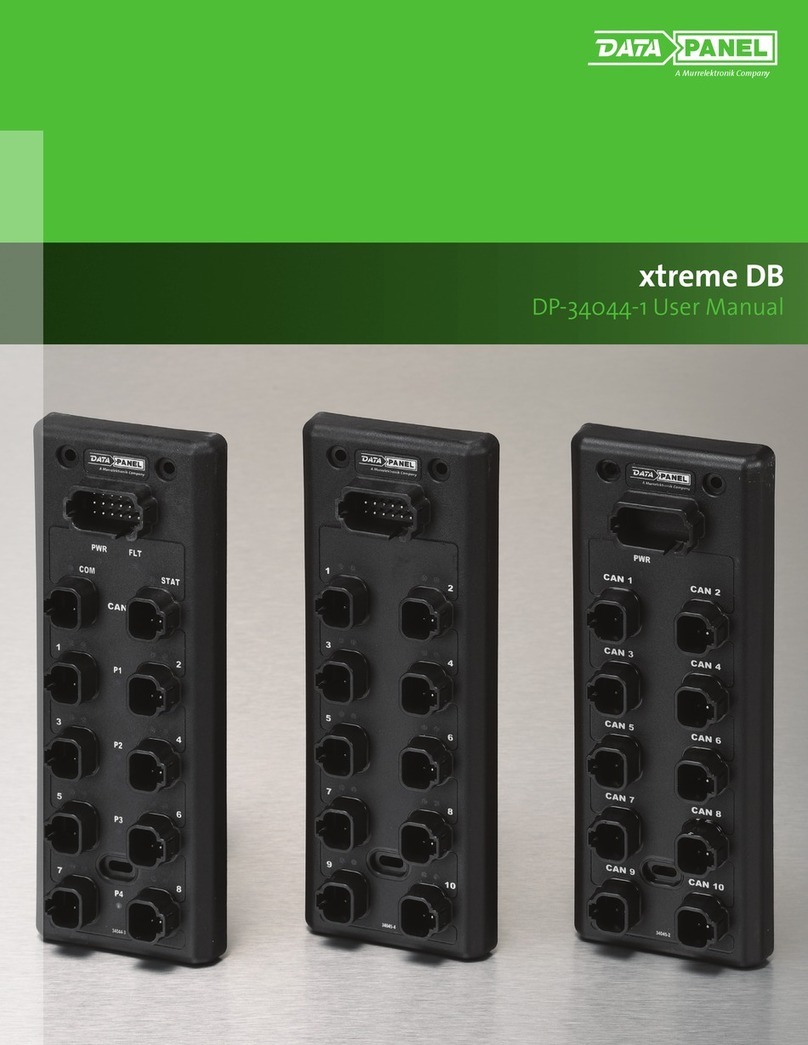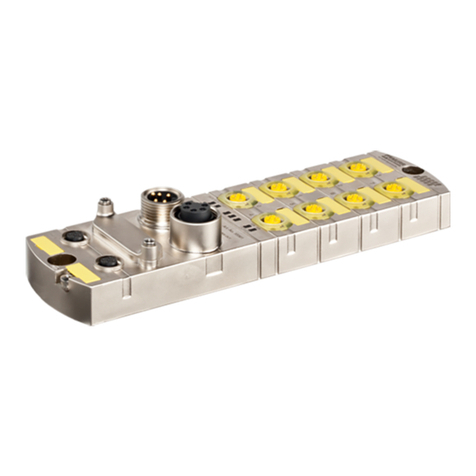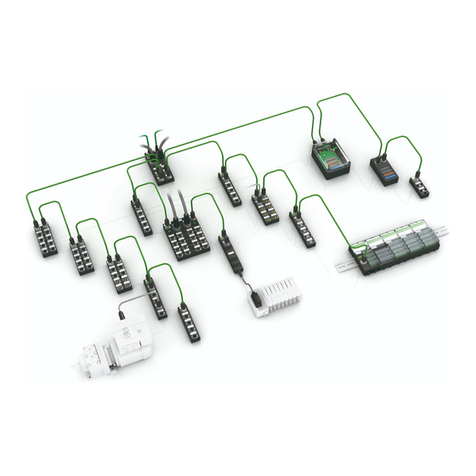
Manual MVK-MP
V 3.5 3
3.2.18 Connection of Analog Actuators.............................................................................................23
3.2.19 Using Analog Actuators 0 to 10 V or 2 to 10 V.......................................................................23
3.2.20 Using Analog Actuators 0 to 20 mA or 4 to 20 mA.................................................................24
3.3 Connection ......................................................................................................................................24
3.3.1 Connection of the Profibus.......................................................................................................24
3.3.2 Connection of Supply Voltage..................................................................................................25
4. Setup....................................................................................................................................................26
4.1 Assigning and Setting the Profibus Address...................................................................................26
4.2 GSD File..........................................................................................................................................26
4.3 Configuration...................................................................................................................................27
4.3.1 Relation between Channel Number and Pin/Socket................................................................27
4.3.2 Structure of Virtual Data Modules ............................................................................................28
4.3.3 Example....................................................................................................................................31
4.3.4 Structure of the I/O data MVK AO4 (I) Art.-No. 55292.............................................................32
4.3.5 Structure of the I/O Data MVK AI4(U) Art.-No. 55293..............................................................34
4.4 Parameterization.............................................................................................................................36
4.4.1 How to code functions with more than two options..................................................................37
4.4.2 Parameterization of the General Diagnostic Messages...........................................................37
4.4.3 Parameterization of the Data Format.......................................................................................37
4.4.4 Parameterization of Smoothing (AI4 (U) DIO4 (DIO4) Art.-No. 55293) ...................................37
4.4.5 Parameterization Functionality of Channels 00 to 07 (Pin 4)...................................................37
4.4.6 Parameterization Functionality of Channels 10 to 17 (Pin 2)...................................................38
4.4.7 Parameterization Functionality of Analog Channels 00 … 03..................................................39
4.4.8 Parameterization Safe States of the Digital Outputs................................................................39
4.4.9 Structure of standard-specific parameters (Byte 0 … 6)..........................................................39
4.4.10 Structure of User Parameters.................................................................................................39
4.4.11 Example: Configuration of the MVK-MP with the S7 Hardware Manager..............................40
5. Diagnostic............................................................................................................................................43
5.1 LED General Information ................................................................................................................43
5.2 LED Display.....................................................................................................................................43
5.2.1 MVK-MP DO4 (DO4) DI4 (DI4) Art.-No. 55274........................................................................44
5.2.2 MVK-MP DO8 (DO8) Art.-No. 55290 .......................................................................................44
5.2.3 MVK-MP K3 DO4 (DO4) / DIO4 (DIO4) Art.-No. 55291...........................................................44
5.2.4 MVK-MP AO4 (I) DIO4 (DIO4) Art.-No. 55292.........................................................................45
5.2.5 MVK-MP AI4 (U) DIO4 (DIO4) Art.-No. 55293.........................................................................45
5.2.6 MVK-MP DI8 (DI8) Art.-No. 55307...........................................................................................46
5.2.7 MVK-MP DIO8 (DI8) Art.-No. 55308 ........................................................................................46
5.2.8 MVK-MP DIO8 (DIO8) Art.-No. 55309 .....................................................................................46

